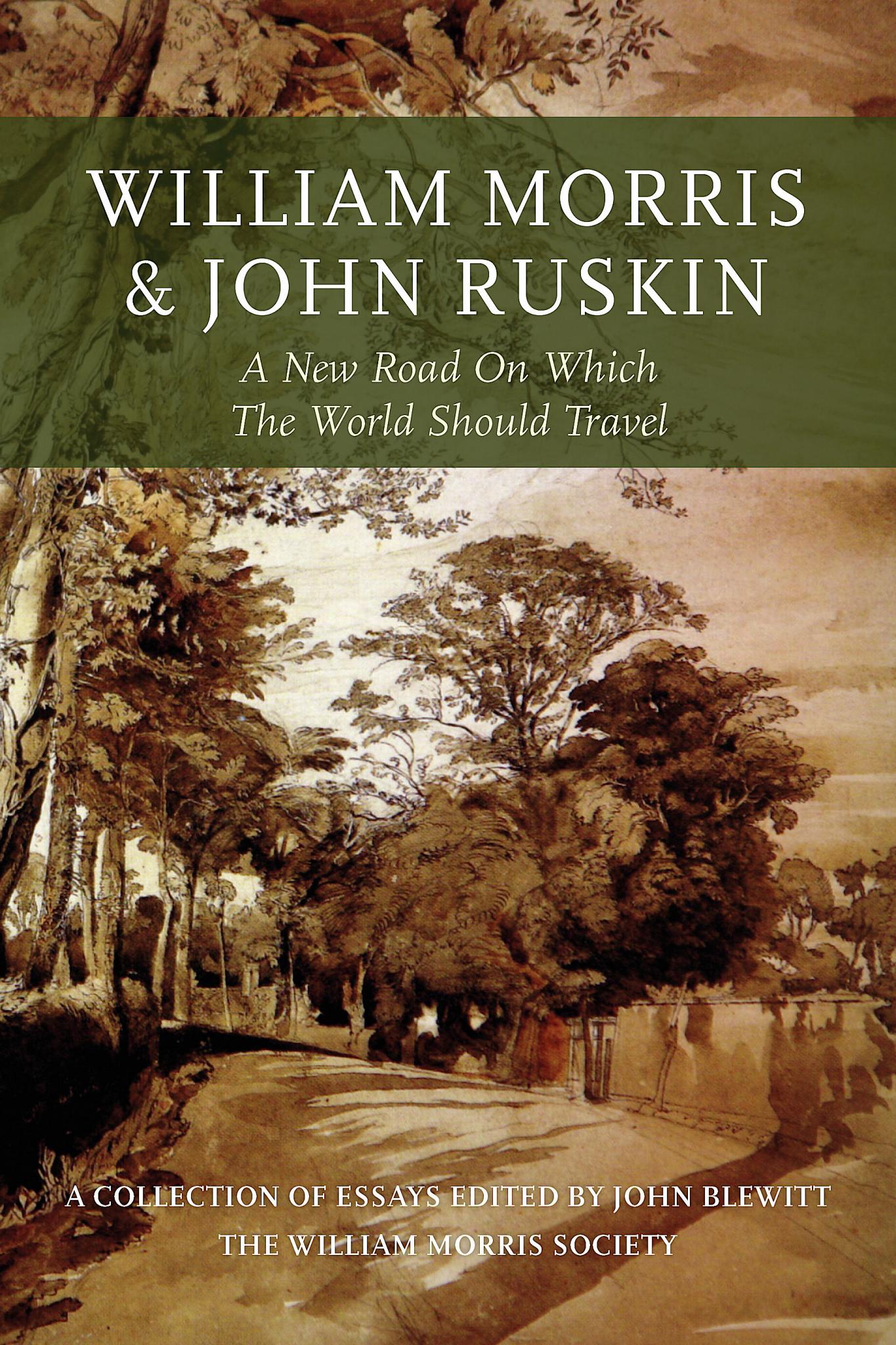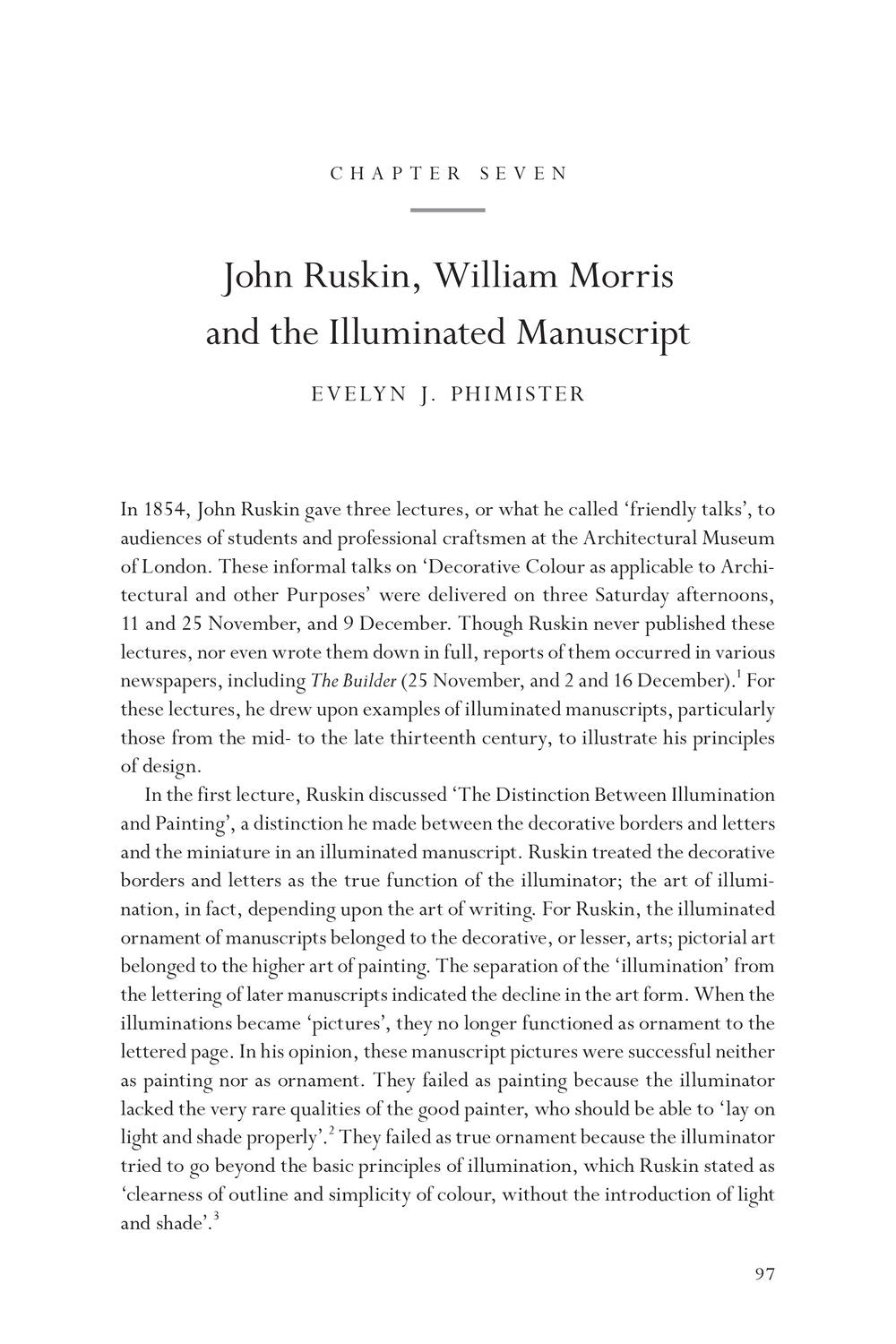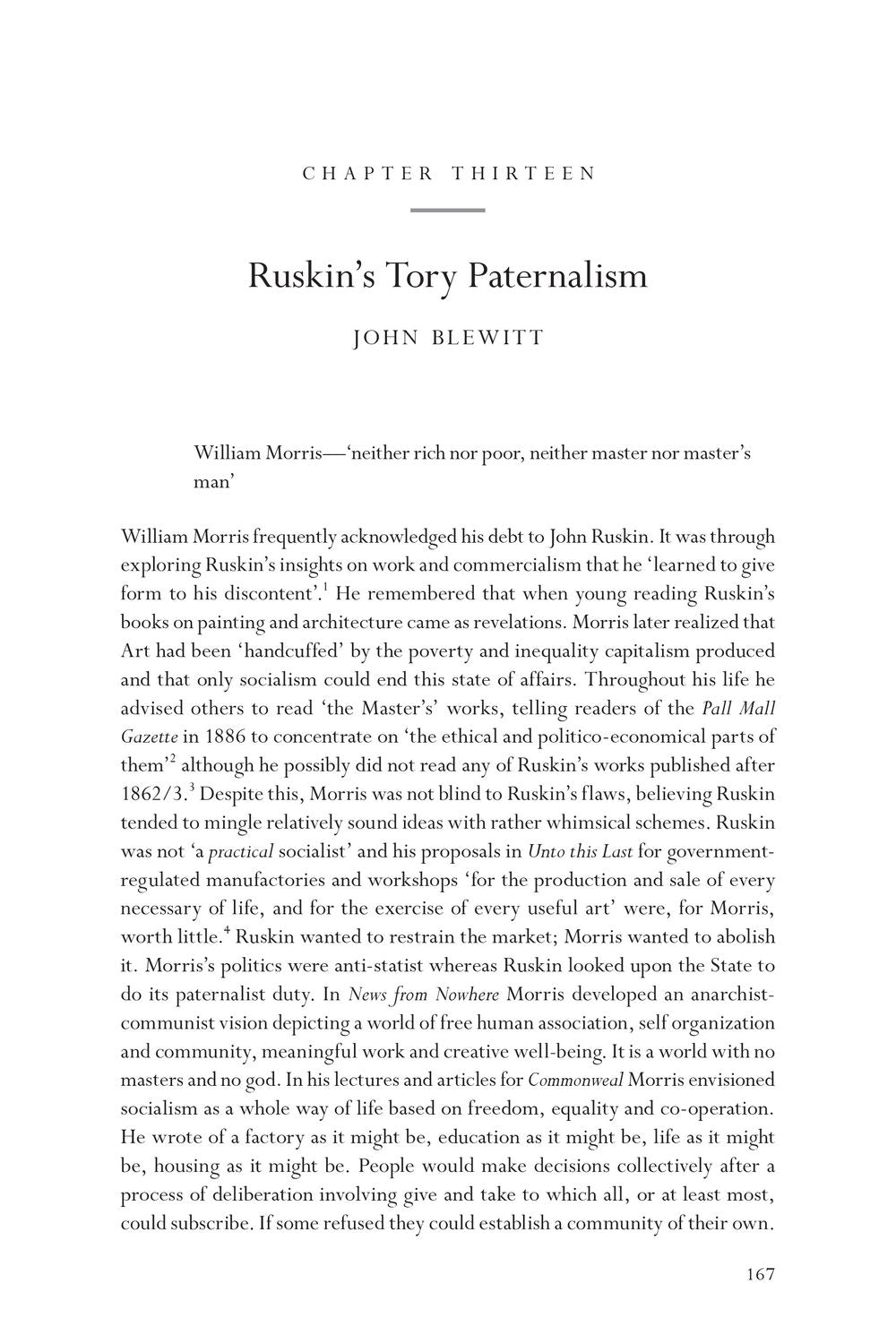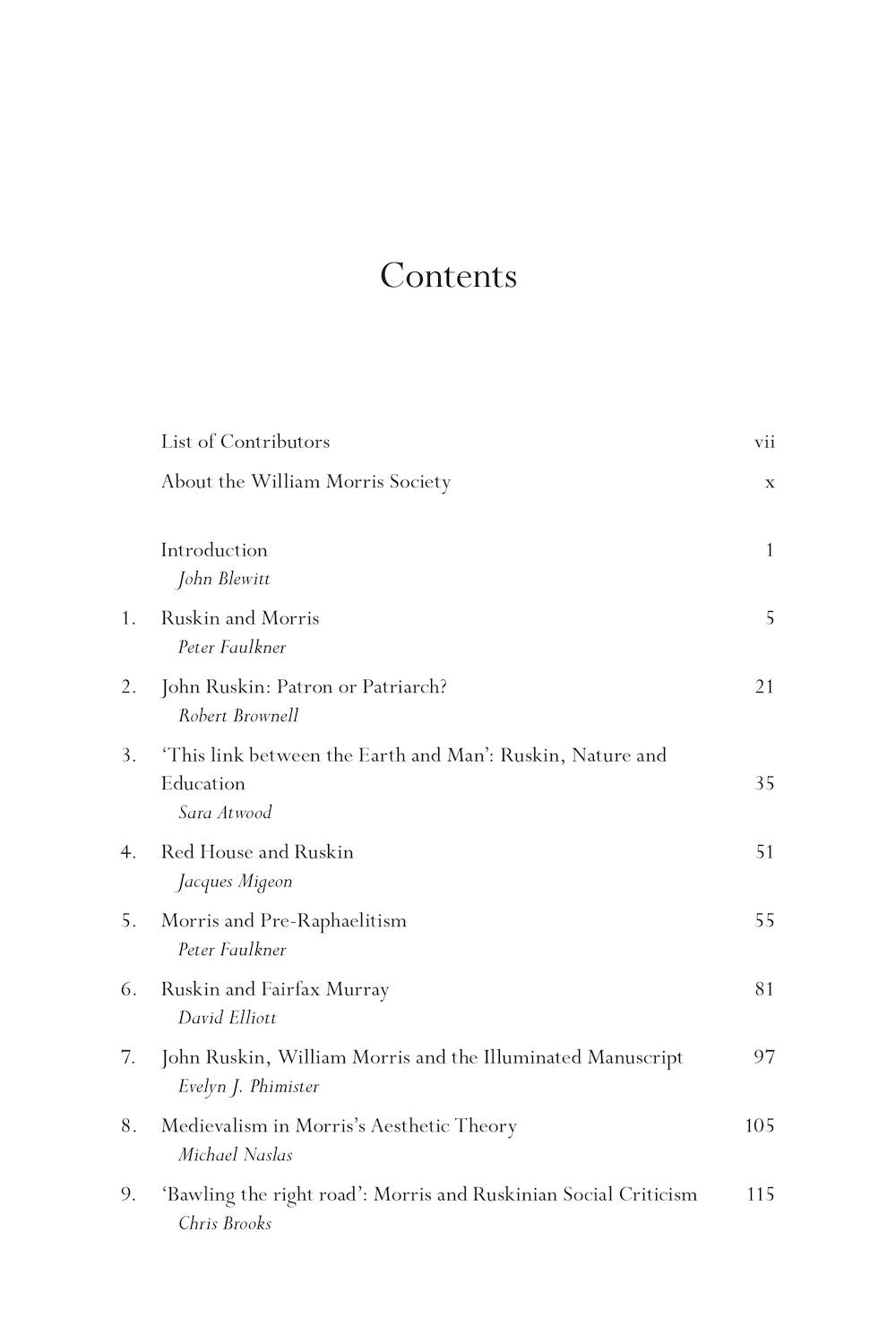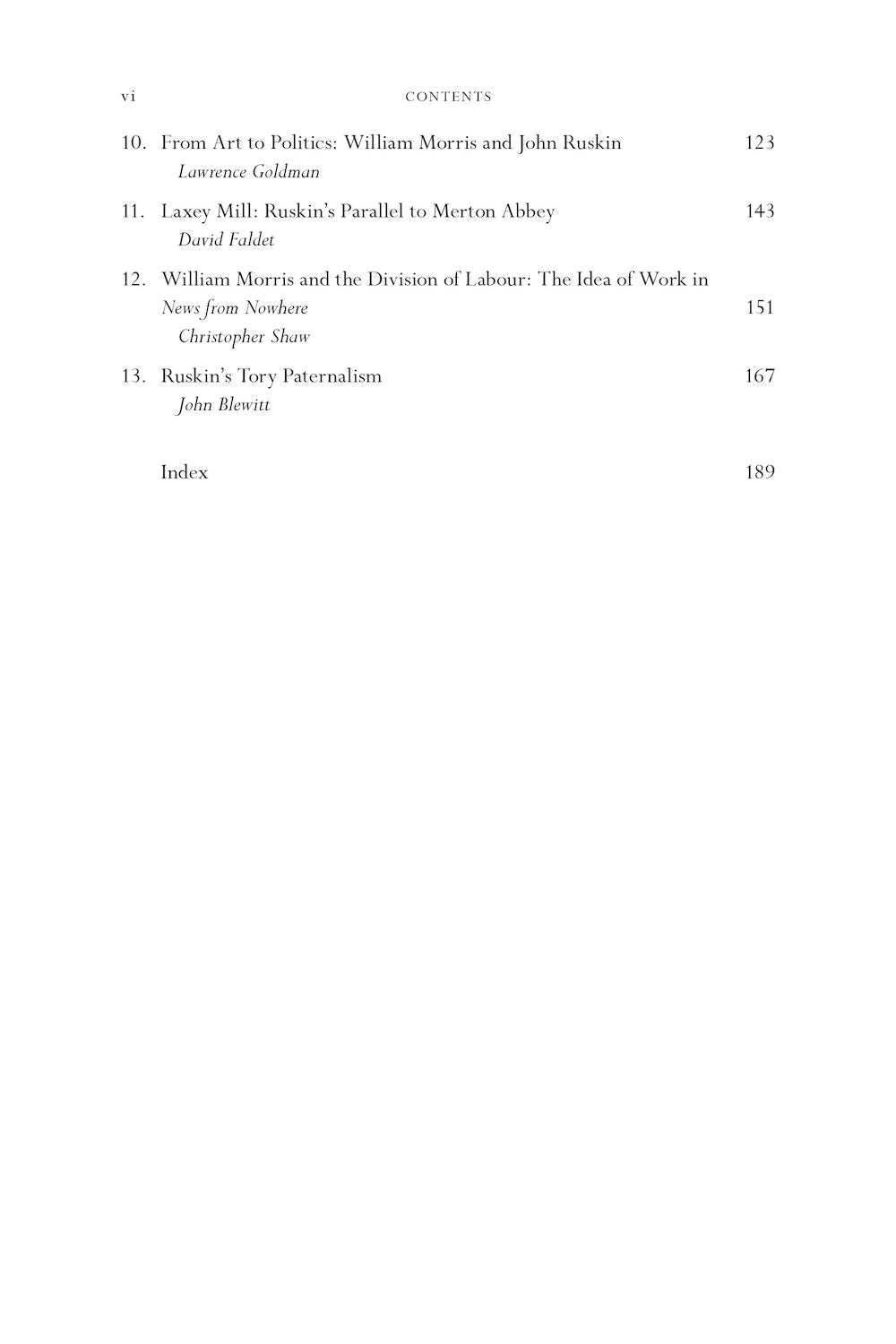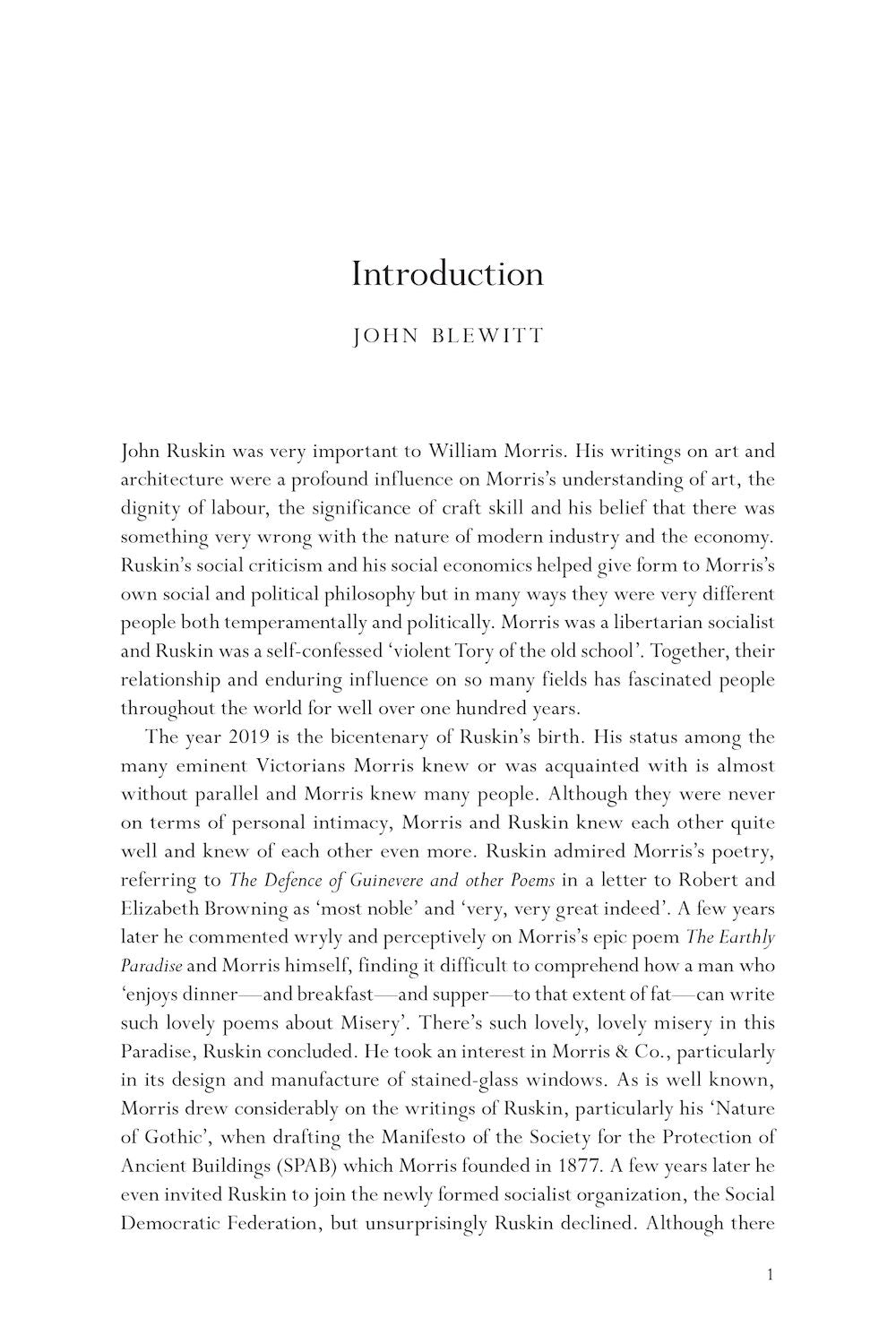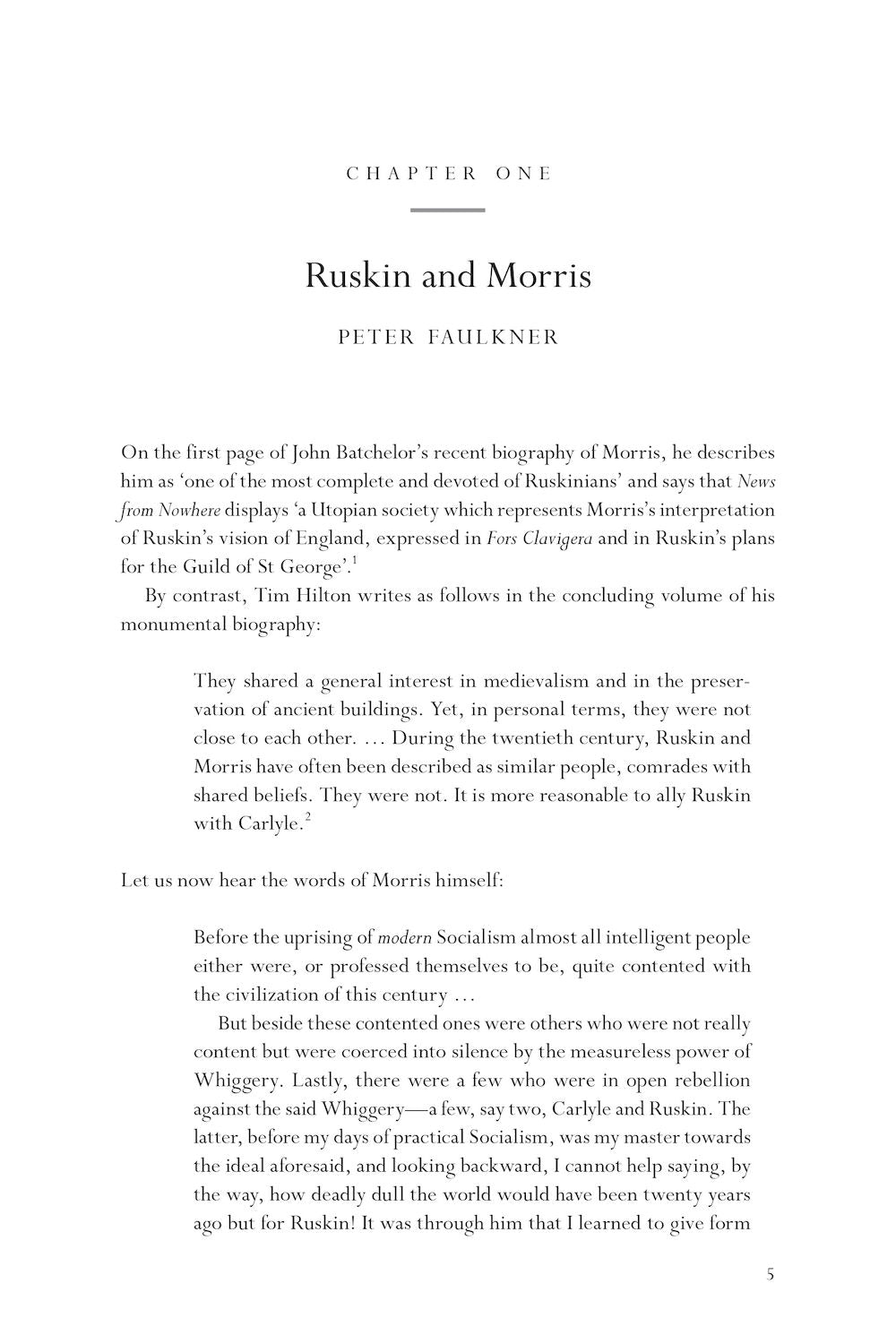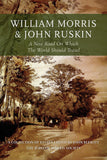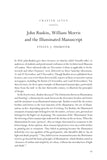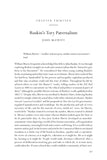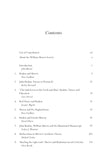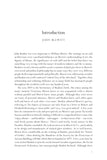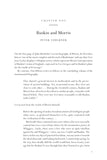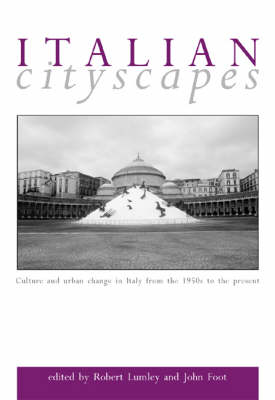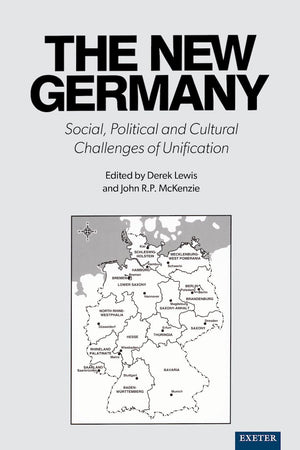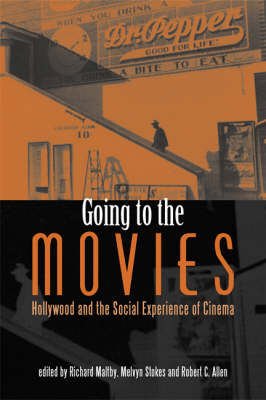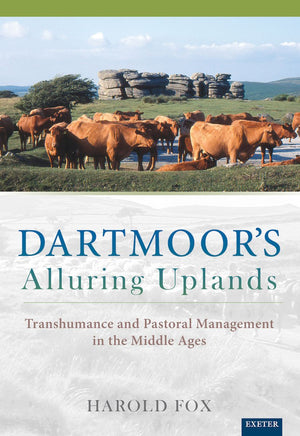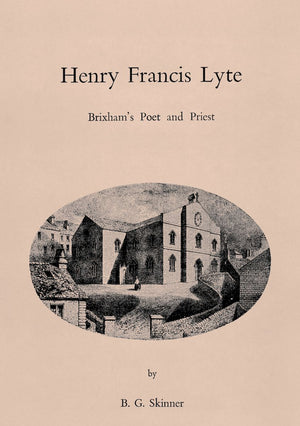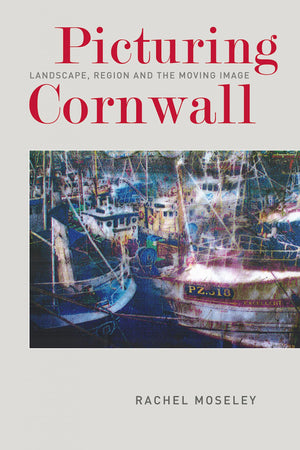University of Exeter Press
William Morris and John Ruskin
A New Road on Which the World Should Travel
Couldn't load pickup availability
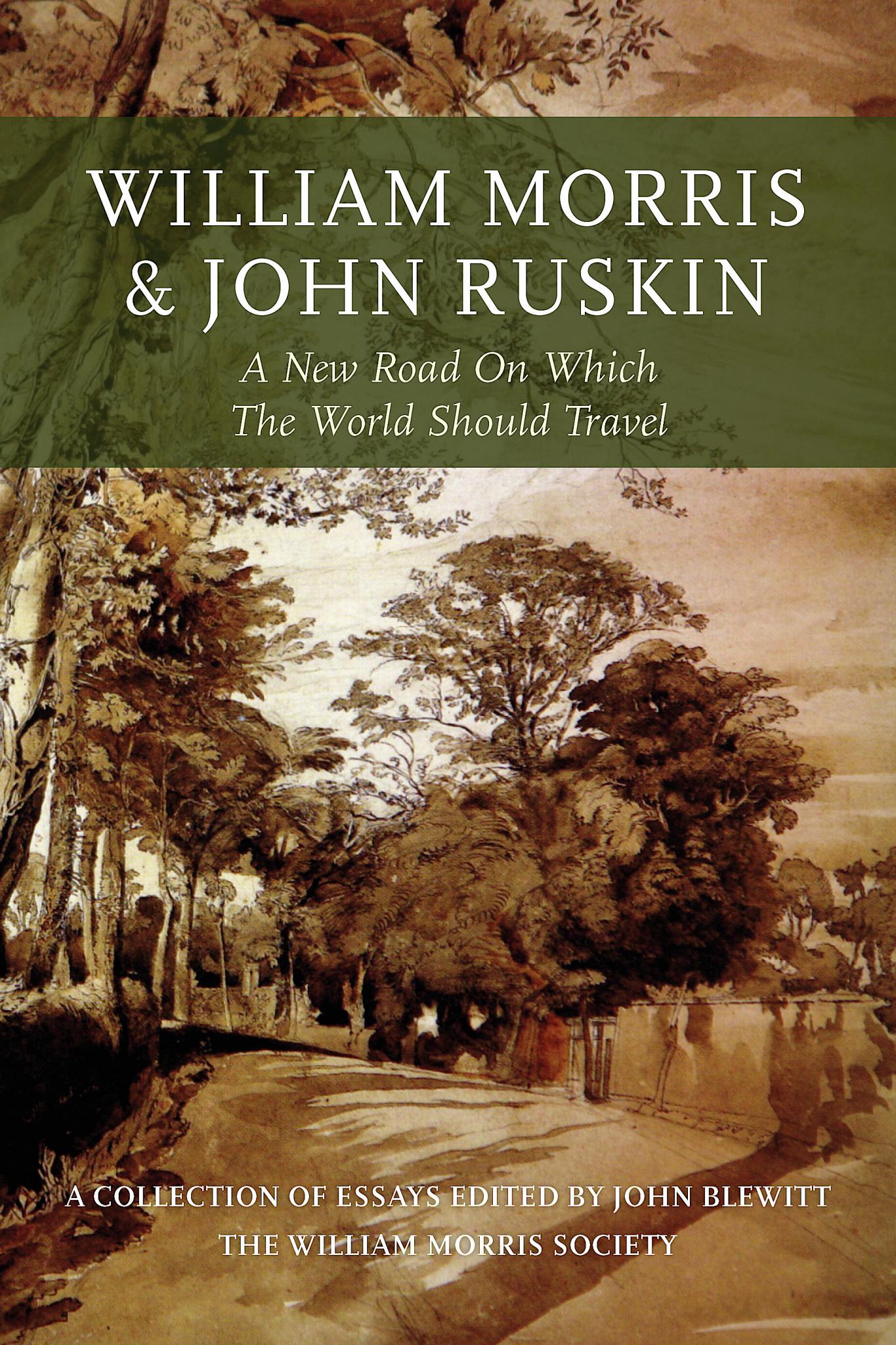
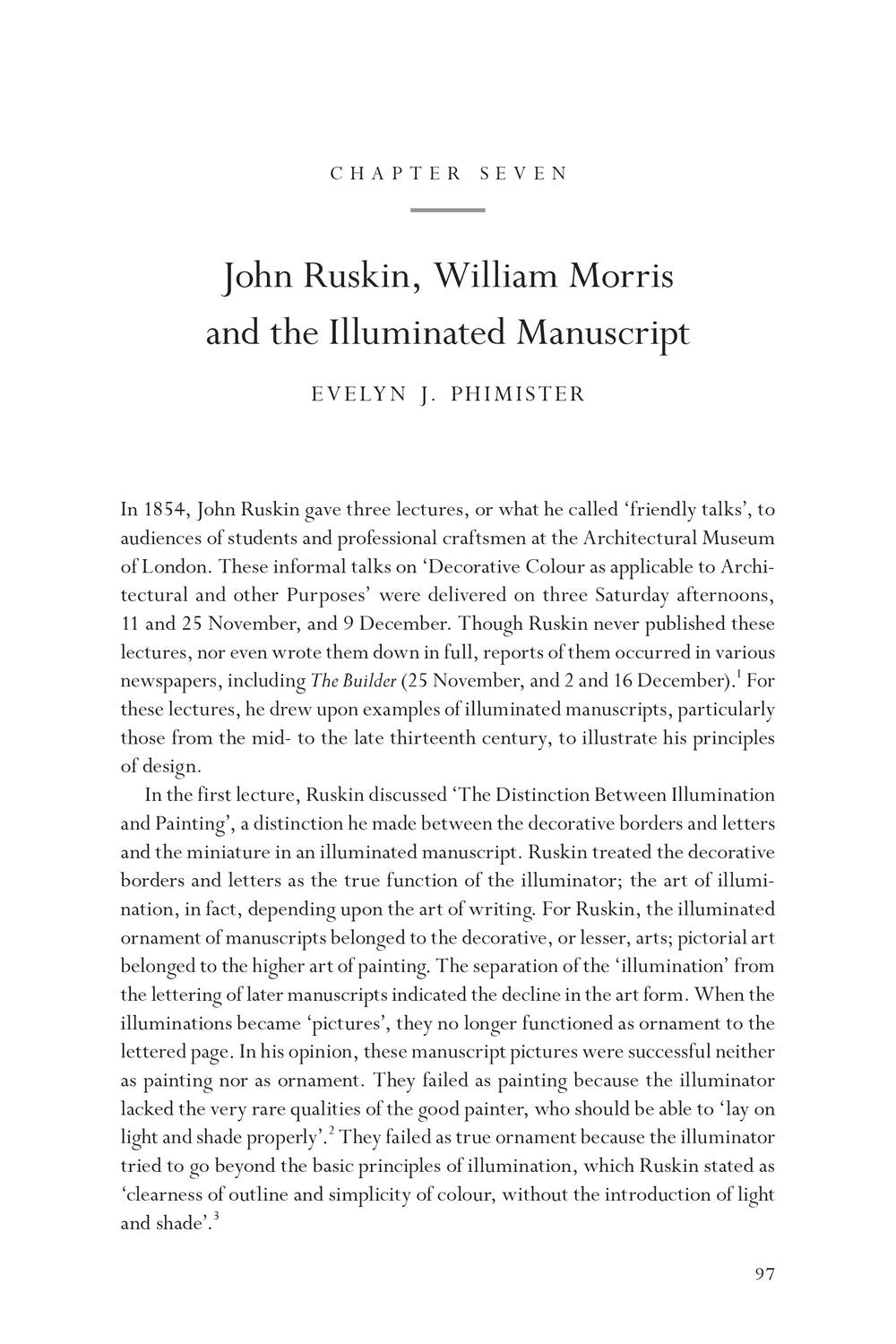
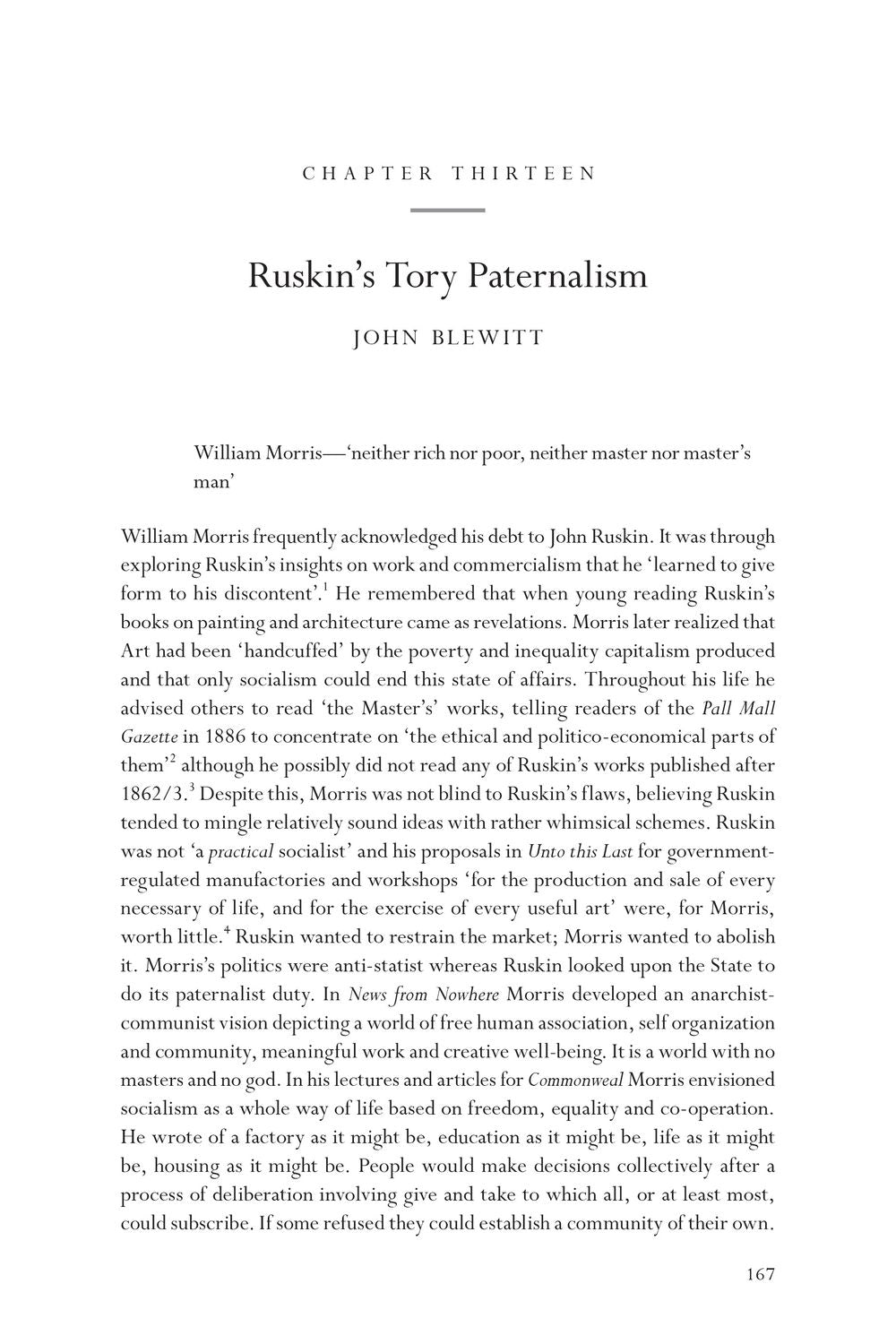
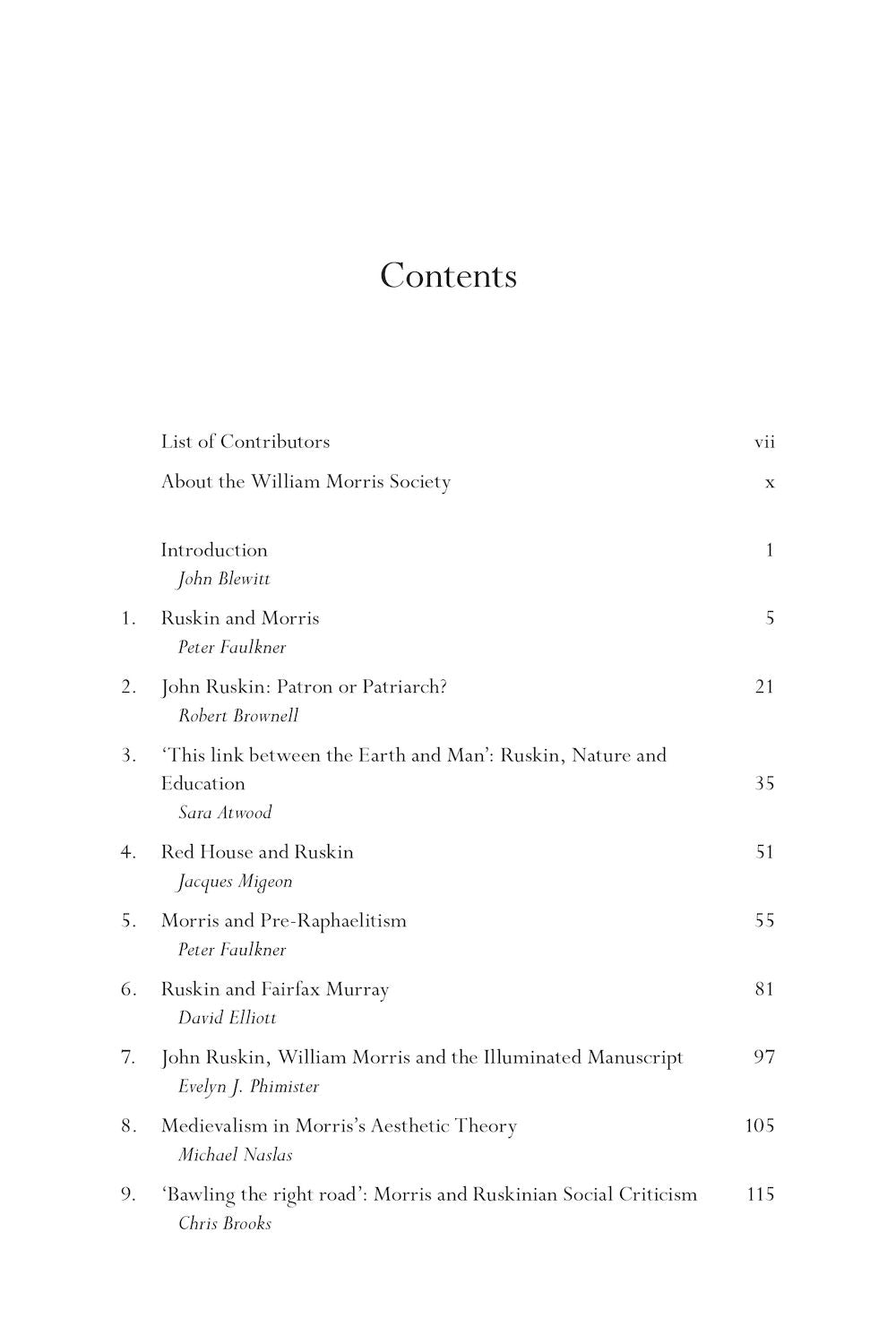
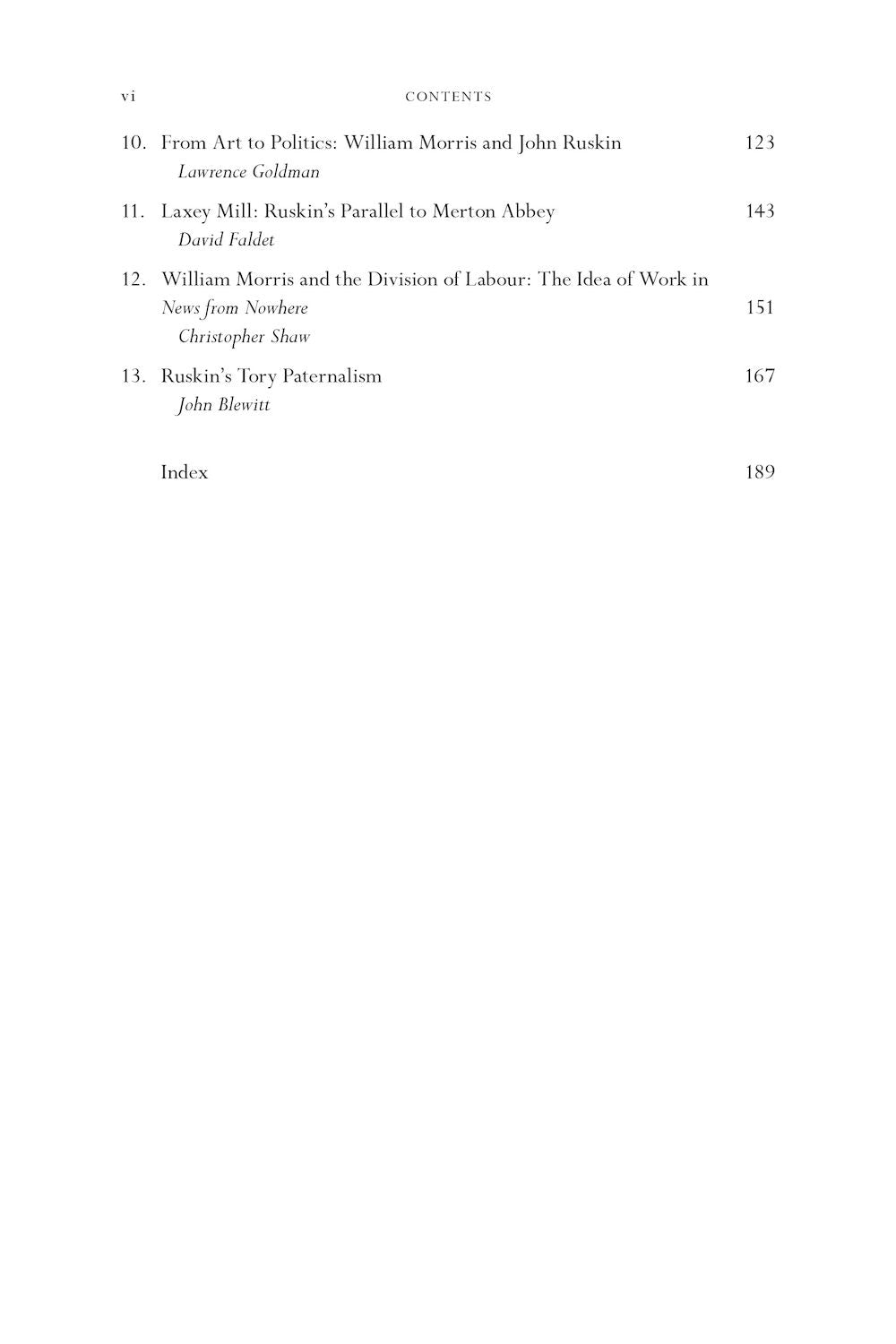
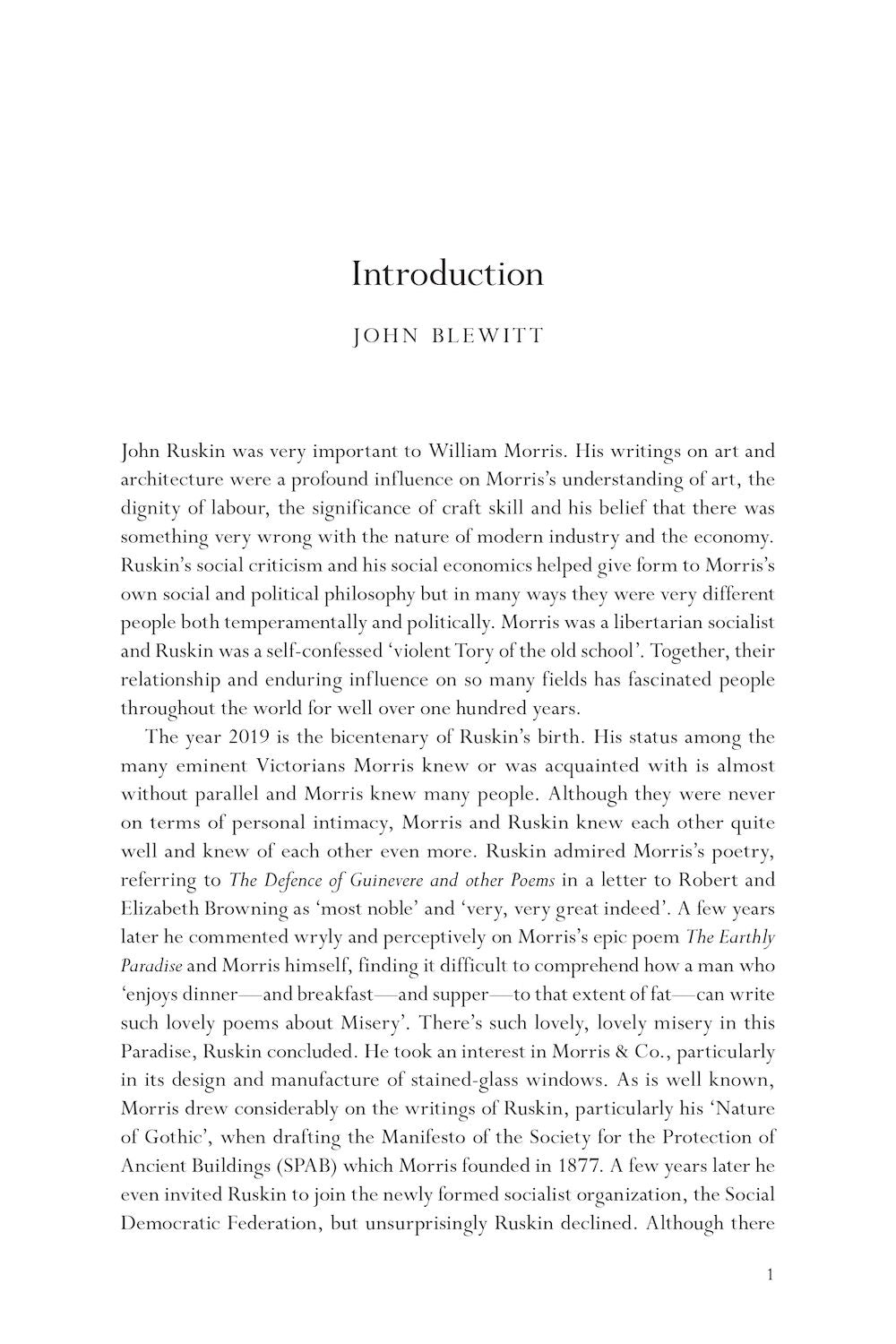
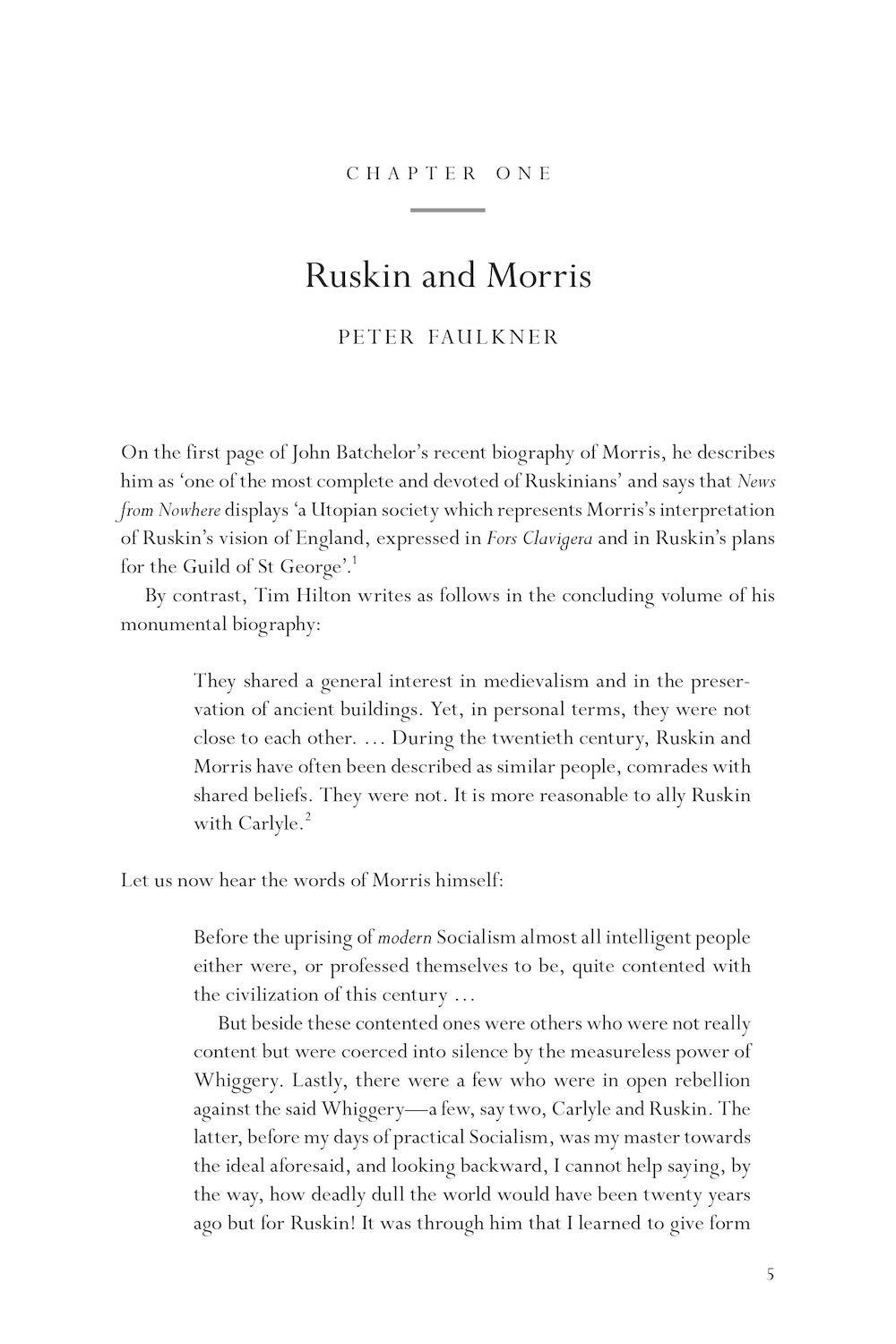
- 204 Pages
A wide-ranging collection of essays written for the William Morris Society exploring the various intersections between the life, work and achievements of William Morris (1834-1896) and that of John Ruskin (1819-1900).
Subjects covered include Ruskin’s connection with the Pre-Raphaelite movement, the promotion of craft skills and meaningful work, Morris and the division of labour, Ruskin’s engagement with education and the environment, Ruskin and the art and architecture of Red House, the parallels between Ruskin’s support for Laxey Mill and Morris’s Merton Abbey Works, the illustrated manuscript and the contrasts between Ruskin’s Tory paternalism and Morris’s revolutionary socialism. The book includes articles first published in The Journal of William Morris Studies between 1977 and 2012 and new pieces written especially for this volume.
Ruskin's beliefs had a profound and lasting impact on Morris who wrote, upon first reading Ruskin whilst at Oxford University, that his views offered a "new road on which the world should travel" - a road that led Morris to social and political change.
Includes articles first published in The Journal of William Morris Studies and new pieces written for this book. Subjects include promotion of craft skills and meaningful work, division of labour, education, environment, art and architecture and the contrasts between Ruskin’s (1819-1900) Tory paternalism and Morris’s (1834-1896) socialism.
The work of William Morris – as artist, conservationist, radical thinker and political activist – was inspired, and often directly provoked, by the writings of John Ruskin. Between them the two men changed the world they lived in, revolutionising taste and assaulting the political truisms of their day. In the present era of climate change and vast economic inequality, they continue to challenge us, as if with prophetic voice. The contributors to this book explore the connections between them, the comparisons and contrasts that can be made, and the lines of influence that spread across the Victorian cultural map and sometimes penetrate ours.
Clive Wilmer, Master of [John Ruskin’s] Guild of St George
This timely collection of original and reprinted essays details the extent—and considers the limits—of Ruskin’s influence on Morris. It explores many of the affinities in their work, and the enduring significance of their ideas and values.
Dr Stuart Eagles, author of After Ruskin, and former Secretary of the Guild of St George
A New Road … ploughs up the settled ground of Morris and Ruskin studies, exposing the stark but creative contradictions that are the revolutionary fuel of seekers after a better world.
Howard Hull, Director of The Ruskin Foundation & Brantwood Trust
This wide-ranging and thoughtful collection of essays offers significant insights into both Ruskin and Morris, and to the dynamic relation between the two men. At a time when the legacies of their work are increasingly re-interpreted and re-valued, both within academia and beyond, these essays represent a timely contribution to a national conversation.
Professor Dinah Birch, Pro-Vice-Chancellor for Cultural Engagement and Professor of English Literature at the University of Liverpool
This is a book to be considered carefully, then, for its multiple ways of approaching these two men and their works.There are no attempts to force a synergy between the two where none exists; differences are fully acknowledged and fruitfully explored, while similarities are teased out, considered from all angles and used to shed a light on these ‘eminent Victorians’.
Serena Trowbridge
Pre-Raphaelite Society Review
The William Morris Society
Notes on Contributors
1 Introduction - John Blewitt
2 Ruskin and Morris - Peter Faulkner
3 John Ruskin: patron or patriarch? - Robert Brownell
4 ‘“This link between the Earth and Man”: Ruskin, Morris, and Education’ -
Sara Atwood
5 Red House and Ruskin - Jacques Migeon
6 Morris and Pre-Raphaelitism - Peter Faulkner
7 Ruskin and Fairfax Murray - David Elliot
8 John Ruskin, William Morris and the Illuminated Manuscript - Evelyn J. Phimister
9 Medievalism in Morris’s Aesthetic Theory - Michael Naslas
10 ‘Bawling the right road’: Morris and Ruskinian social criticism - Chris Brooks
11 From Art to Politics: John Ruskin and William Morris - Lawrence Goldman
12 Laxley Mill: Ruskin’s Parallel to Merton Abbey - David Faldet
13 William Morris and the Division of Labour: the idea of work in News from Nowhere - Christopher Shaw
14 John Ruskin’s Tory Paternalism - John Blewitt
Index
- 204 Pages







